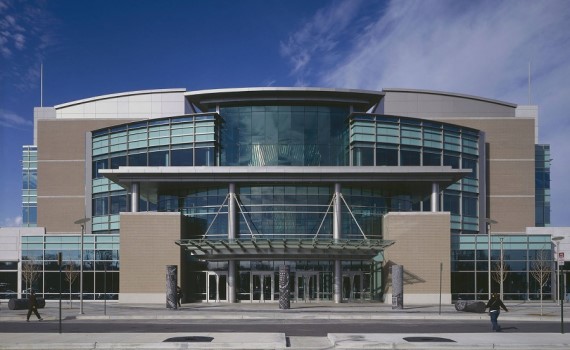
Memphis Public Library: Benjamin L. Hooks Central Library
As I am pursuing public librarianship, I have chosen to look at the public library sources for this reflection.
Going into this module I was not too eager to look through the public library sources. People’s needs are ever-changing and in order to keep up, libraries must also change and adapt to cater to those needs. I love that there are library systems that can afford to make renovations, to buy new equipment and technology, to provide cooking classes, to build recording studios, or to start their own “Readbox” like the Memphis Public Library. I would be lying though if I said that at the same time, reading about these things was not a bit disheartening.
My local library system and also the system that I work for, does not have the monetary means to do this for all of its branches. Even with the Friends of the Library groups, we do not have the budget to make our libraries as innovative as Memphis Public Library (Grant, 2021). I read these articles or look at websites like the Spokane Library’s “The Hive” and just know that these are not things that we would be able to do for our communities. And I am sure, that we are not the only library system that is alone in that.
In Assignment X I spoke about the participatory library and how not every library system has the budget to remodel and create library spaces or provide certain programs and resources. I posed the following question then, “what can these library systems do to still create a library by the people for the people?” And I ask now, what can we library people from places without the budget to create an innovative library do to create a hyperlinked environment?
It was not until Grant (2021) wrote about the outreach component of the Memphis Public Library that I had a, “we could possibly do that!” moment. We may not have the money to renovate our libraries or to buy every library a 3-D printer, but what we can do is go out into our communities and remind people that we are more than just a place that houses books and that we do have programming and resources that are helpful to them. Grant (2021) spoke to Sue Schnitzer, the Assistant Director of Community Outreach and Special Projects for Memphis Public Library, and I loved the idea of “pop-up story times at laundromats and health clinics” and going to senior centers and block parties. I am sure that coordinating this would require a great deal of time and staff, but I do think that if we do not have the money to create a new library space that will intrigue and bring in patrons, then we should go to them and show them the value that we hold even without that.
References
Grant, R. (November 2021). How memphis created the nation’s most innovative public library. Smithsonian Magazine. https://www.dropbox.com/scl/fi/3g4juvioz86g1m2uj529i/How-Memphis-Created-the-Nation-s-Most-Innovative-Public-Library-Innovation-Smithsonian-Magazine.pdf?rlkey=25yzrxk37civvks7bg6hwaafs&e=2&dl=0
Hi Stephanie, great job on your post! What can libraries do to still create a library by the people for the people? That is the million dollar question. With library budgets constantly being cut, it can be challenging to figure out how libraries can update their spaces to better serve their patrons. I was able to find an article online that discusses ways that libraries can renovate their spaces on a budget. I’ll include the link below:
https://www.demcointeriors.com/blog/5-library-updates-can-make-budget/
Hi Daniel, thanks for sharing that article. It is definitely something to keep in mind for a day where I am in a position where I can take action towards making changes!